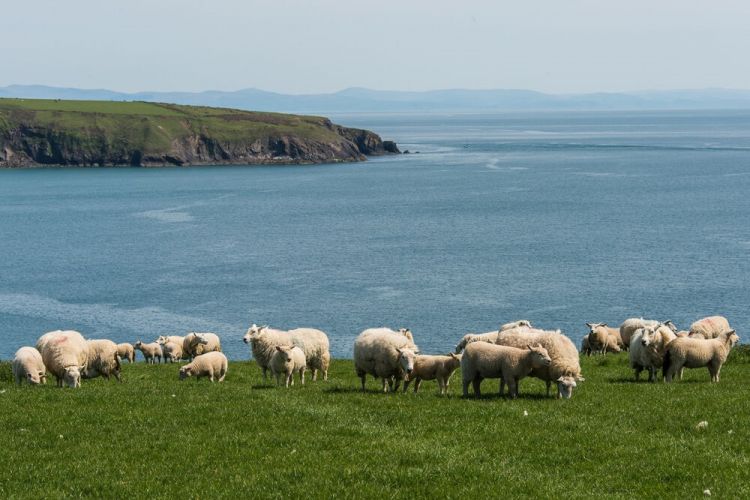Development of trans-cervical AI in sheep
Aim of the project
This project proposed to undertake a preliminary investigation of the fertility aspects of the trans-cervical technique of intrauterine insemination.
Why is it important?
Conception rates following cervical insemination of synchronised ewes with fresh semen are generally around 60-70% while conception rates using frozen semen tends to be as low as 20%. This resulted in the introduction of intrauterine insemination by laparoscopy to bypass the problems of sperm transport through the cervix. However, while very successful, intrauterine insemination by laparoscopy is very expensive as it is a full veterinary procedure. Research conducted at the Royal Veterinary College has shown ways in which the cervix can be relaxed sufficiently to allow an insemination catheter to be passed through the cervix allowing semen to be deposited directly into the uterine lumen. This removes the need for a surgical procedure and has the potential to be carried out by trained technicians.
How did the project work?
The research was conducted using the flock of hill ewes at Tan-y-Graig farm. The ewes were randomly allocated to four AI groups with approximately 80 ewes in each group. The four treatment groups were as follows;
- Cervical insemination with fresh semen (single AI)
- Cervical insemination with frozen-thawed semen (double AI)
- Intrauterine insemination with frozen-thawed semen (single AI)
- Trans-cervical insemination with frozen-thawed semen (single AI).
Artificial insemination was done using semen from Inverdale Texels and then Bluefaced Leicester rams were introduced to the flock 7 days after AI to cover any ewes returning to service. The use of different ram breeds meant it was possible to tell whether the lambs were born as a result of AI or not.
Who did the work?
The work was conducted by the Institute of Rural Studies, Aberystwyth.



